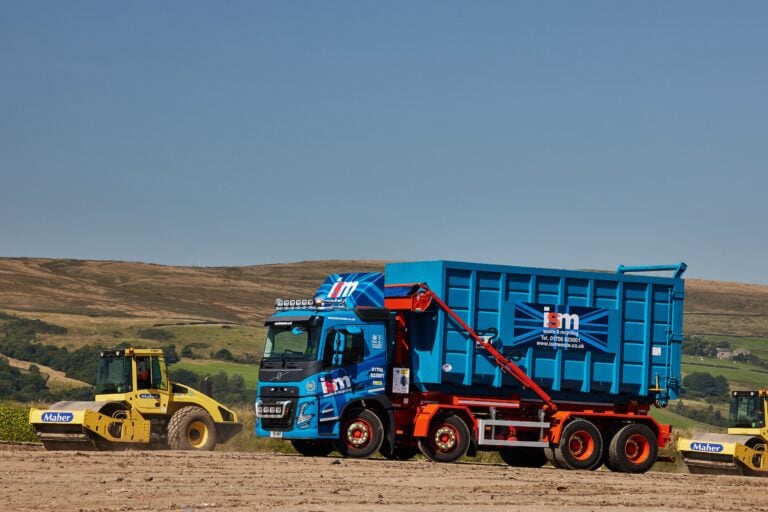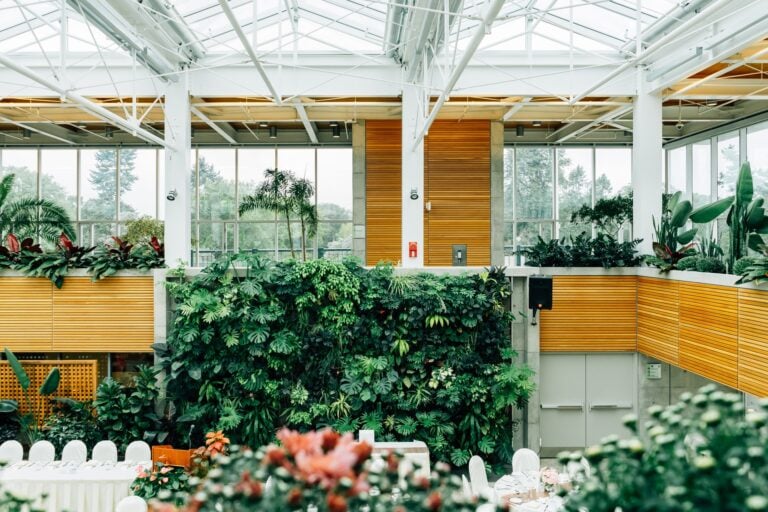Living Sustainably in the City

Living in the city has plenty of benefits, but that often means living in close quarters where you don’t have as much space for eco-friendly renovations or improvements, like solar panels, smart appliances, and sustainable building materials. While you might not be able to make the most of sustainable construction, there are plenty of ways to live more sustainably in the city. In fact, like other sustainability efforts, the smallest changes to your home and lifestyle can end up making a big difference.
Not sure how to get started? Let’s check out a few ways you can change your habits and your home to live a more sustainable urban lifestyle.
Living and Working
The easiest way to start living more sustainably is to start at home.
First and foremost, be intentional about how you furnish your small apartment, especially if it’s a studio or you have limited storage. Consider using repurposed or refurbished furniture. You can even take some existing pieces of your own and give them new life by reupholstering or repainting them. Use natural light as much as possible, instead of relying on lamps and overhead lights (your utility bills will thank you!).
Think about how you can change your home habits. You can try to:
- Use “green” cleaning products.
- Turn off lights when you leave a room.
- Switch to LED lighting.
- Unplug electronics.
- Take shorter showers.
When it comes to living and working in the city, switch to a more environmentally-friendly mode of transportation. Cities often have better public transit than suburban or rural areas, which can help you cut back on how often you drive your car. You can take things even further by using bikes, scooters, and your own two feet. When you have to drive, try to use a hybrid vehicle or carpool with others to reduce your emissions.
While these might not seem like major changes, imagine what could happen if everyone started making them. They don’t take a lot of time or effort, but they can end up making a huge impact.
Getting Rid of Waste
Did you know that the average person produces over 2,000 pounds of trash each year? That includes plenty of things that could be recycled, including newspapers, aluminum cans, and plastic bottles and jars. You likely already know the importance of responsible waste disposal, but it’s so important that it bears repeating: choosing to recycle certain items instead of tossing them in the trash is an easy way to make a difference.
Another major waste issue comes from food. In 2018, 35.3 million tons of wasted food ended up in landfills across the country. Unfortunately, it’s a problem that continues to get worse.
If you’re a home cook, you can cut back on food waste by being more mindful with your grocery shopping. Only buy what you need and will use.
You should also shop locally whenever possible. This will help to ensure your ingredients are sustainably sourced. You can also reduce food waste at home by:
- Finding ways to use all the food you buy.
- Composting.
- Organizing your fridge.
- Donating meals to others.
- Learning to cook more diverse meals.
Whether you’re trying to cut back on food waste, single-use plastics, or anything else you might regularly throw away, it’s often as easy as being mindful of everything you’re about to toss into the garbage. Can it be recycled, revived, or reused in some way? If the answer is yes, that’s typically the better option than throwing it out.
Being Sustainable and Stylish
Next to food, textile waste is a huge problem in our country and a lot of it is due to fast fashion practices. When clothing companies mass-produce items at low cost and bring them to retail stores quickly, they typically aren’t made from high-quality materials. They tend to fall apart quickly and aren’t worn more than a few times. While some consumers might not see the problem in that since the clothes are usually inexpensive, it’s a terrible practice for the environment.
Most cities are known for having a wide variety of shopping centers and retail stores. So, if you tend to do a lot of clothes shopping, you can stay on top of your style by knowing what to look for. The city is actually the perfect place to incorporate slow fashion into your professional wardrobe, in addition to your casual, personal clothes.
Make worthwhile investments in your clothes and choose brands that take pride in their materials and manufacturing. If you can’t afford higher-end items, consider used items. Chances are, there are countless thrift stores in your community, and you never know what treasures they’ll hold. By opting for “slow fashion” instead of giving in to the cheaply-made offerings of fast fashion stores, you’ll be doing something good for your wardrobe and the planet.
As you can see, it doesn’t have to be difficult to live sustainably in the city. Make a few swaps and lifestyle changes, and be mindful of your habits. Doing so will make it easy to give back to the environment and feel good about what you’re doing.


